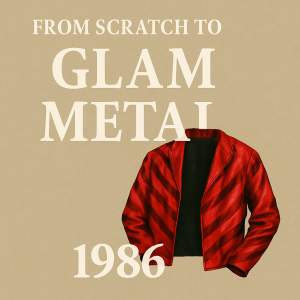Rock Sheet Music and the Rise of UK Punk in 1977
In 1975, punk was steadily taking form in the United States. But when the Ramones arrived in the UK in 1976, they lit a fire that sparked an explosion across Europe. While punk’s momentum in the U.S. faded, it exploded in Britain—led by the notorious Sex Pistols. This chapter zooms in on the UK in 1977, the peak year of punk's influence, and examines how it became a vessel for youthful rage and rebellion.
The country was in crisis: economic downturn, high unemployment, energy shortages, and civil unrest defined everyday life. Amid the bleakness, punk emerged not just as music—but as a way to shout back at a system that had failed its youth.

In January 1977, the Buzzcocks independently released Spiral Scratch, marking the UK’s first self-produced punk EP. It launched a new era of DIY music, inspiring other bands to start their own labels. Their follow-up single "Orgasm Addict" gained controversy for its provocative lyrics and was banned by the BBC, further fueling punk’s reputation for defiance.
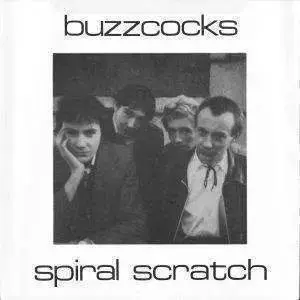
February saw the release of Damned Damned Damned by The Damned—the UK’s first true punk album. Its unpolished sound and aggressive energy became a reference point for early rock sheet music transcriptions and underground compilations.

That same month, Australian band The Saints released (I'm) Stranded, which reached the UK and added to punk’s growing international appeal. In July, their single “This Perfect Day” gained momentum, helping to strengthen the connection between punk movements across continents.
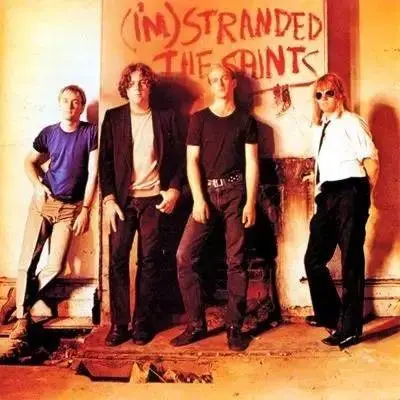
In March, The Clash dropped the single “White Riot,” paving the way for their debut album’s release the following month. Their politically driven lyrics and fierce delivery won critical praise. Songs like "London’s Burning" soon became essential parts of modern piano online lessons, thanks to their rhythmic drive and social resonance.
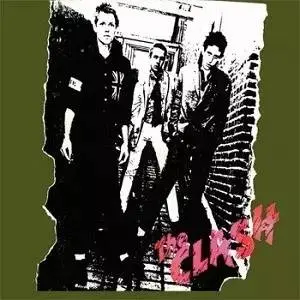
April brought us The Stranglers’ first album Rattus Norvegicus, and in September, their follow-up No More Heroes. These records mixed keyboard-heavy textures with punk’s aggression, paving the way for more melodic reinterpretations in easy sheet music collections.

May was a milestone. The Sex Pistols dropped God Save the Queen, and its artwork and lyrics attacked the very fabric of British tradition. Despite being banned by multiple outlets, it exploded into the mainstream, becoming a visual and musical emblem of punk resistance.
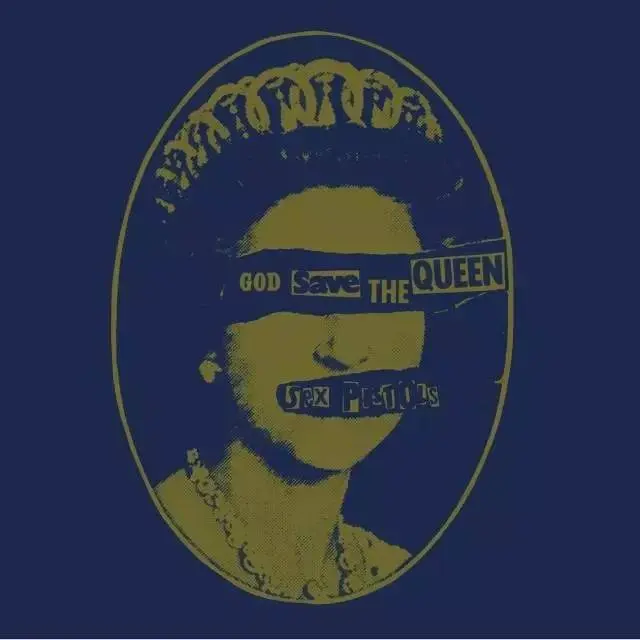
Also in May, The Jam released In the City, bringing a clean-cut look to punk with high-energy, guitar-driven songs. They offered a contrasting aesthetic, but their style quickly resonated with those studying piano notes in punk’s more melodic form.

June saw The Vibrators debut Pure Mania, combining punk’s urgency with lingering blues influences—reminding listeners of rock’s roots even as punk moved forward.
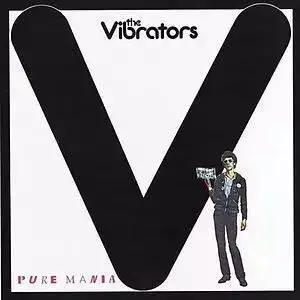
Through the summer of 1977, punk surged ahead. The Sex Pistols released "Pretty Vacant" in July, Generation X followed with "Your Generation" in September, and Irish band The Boomtown Rats entered the scene with "Lookin' After No. 1."
September also introduced the raw energy of X-Ray Spex with their underground hit "Oh Bondage Up Yours!" Led by the charismatic Poly Styrene and saxophonist Lora Logic, the band became a dominant force in London’s punk underground.
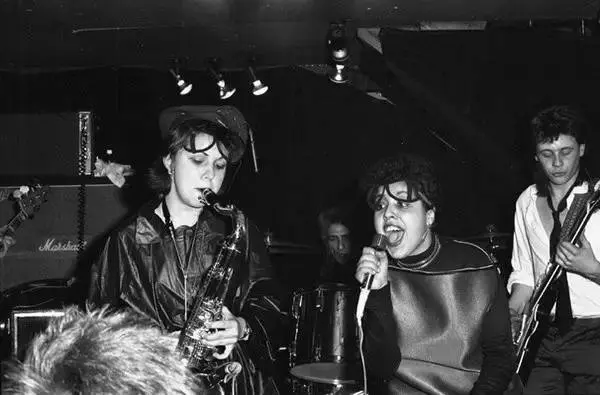
In October, Sham 69 released their debut "I Don’t Wanna" and caught the eye of major labels. Their success helped legitimize punk’s mainstream potential while retaining its street-level authenticity.
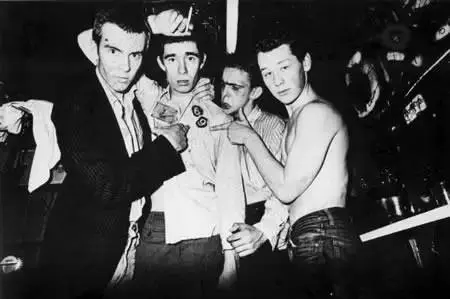
Also in October, Sid Vicious officially joined the Sex Pistols. Though more of a symbol than a musician, Sid’s style, look, and attitude turned him into punk’s most infamous icon. His chaotic presence had a lasting influence, inspiring everything from band aesthetics to visual designs in rock sheet music books.
The same month saw the release of Never Mind the Bollocks, Here’s the Sex Pistols. Despite facing massive retail resistance, the album debuted at number one in the UK. Steve Jones, rather than Sid, played most of the bass parts. The album became a cornerstone in punk history, influencing countless arrangements and reinterpretations in piano online lessons today.

The album’s legacy includes a famous legal battle in Nottingham, where a record shop was sued for displaying the album in its window. Even then, punk was on trial—not just musically, but culturally.
In November, The Damned returned with their second album Music for Pleasure. Though it failed commercially and led to their temporary breakup, their U.S. tour played a pivotal role in igniting the hardcore punk scene on the West Coast.
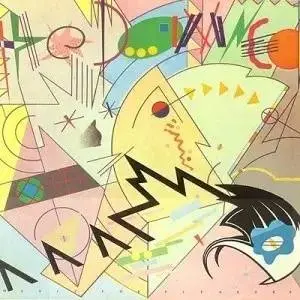
By the end of 1977, punk had taken over the UK. While some critics dismissed it as amateurish or simplistic, its directness gave it power. The Sex Pistols weren’t musicians in the traditional sense—they were revolutionaries. Their controversial public stunts, such as performing "God Save the Queen" on a boat during the Queen’s jubilee, stirred massive public attention and outrage.
Despite relentless media scrutiny and government censorship, their music soared to the top of charts—albeit under mysterious omissions or blank placements. This subversion only added to punk’s credibility as a force that refused to be ignored.
Sid Vicious came to represent the dangerous allure of punk. His chaotic lifestyle and tragic end—possibly involving the death of his girlfriend Nancy Spungen and his own fatal overdose—sealed his place in punk mythology. His attitude embodied punk’s fearless rejection of norms, an image that persists in popular culture and rock sheet music iconography today.
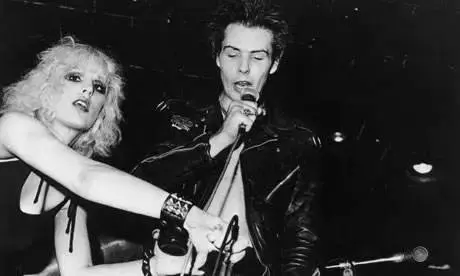
Looking back, the Sex Pistols left more than a musical legacy—they ignited a cultural shift. They proved that raw energy, even without polish or training, could be powerful enough to start a movement. Punk’s spirit of rebellion gave rise to new forms of creativity across genres and generations. It lives on not just in distortion and leather, but also in how we study and share music—from DIY cassette tapes to today’s easy sheet music and digital piano notes.
FAQs
Q1: Why is rock sheet music important for understanding punk’s evolution?
It preserves the structure of classic punk songs, making it easier for musicians and students to study the genre’s raw energy and message.
Q2: How can beginners use piano online lessons to play punk songs?
Modern piano online lessons simplify punk rhythms and chords, making iconic songs easy to learn for players at any skill level.
Q3: Where can I find easy sheet music versions of famous punk tracks?
SheetMusicGo offers a wide selection of easy sheet music and downloadable piano notes for classic punk and rock anthems, perfect for learners and performers alike.



